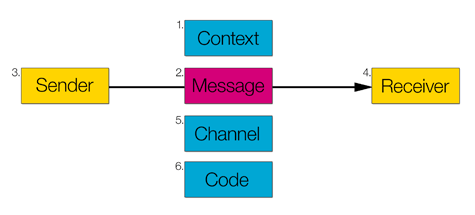Jakobson's functions of language facts for kids
Have you ever thought about how we use language every day? Language isn't just about words; it's about how we use those words to share ideas, feelings, and information. A smart thinker named Roman Jakobson came up with six main ways we use language. He called these the functions of language or communication functions. Each function helps us understand how our messages work.
Contents
Six Ways We Use Language
When we talk or write, we often use language for different reasons. Roman Jakobson explained that every time we communicate, one of these six functions is usually the main one.
Telling Facts (Referential Function)
This function is all about sharing facts and information. It describes things, places, or ideas. Think of it like a news report or a science book. You are simply stating what is true or what you see.
- Example: "The autumn leaves have all fallen now." This sentence just tells you a fact about the leaves.
Making Art with Words (Poetic Function)
The poetic function focuses on the message itself, especially how it sounds or looks. It's about playing with words, rhythm, and style. This is why poetry often sounds beautiful, but it's also used in catchy slogans or songs.
- Example: A poem that rhymes or a jingle that sticks in your head uses this function.
Showing Feelings (Emotive Function)
This function is about expressing your own feelings and emotions. It shows what the speaker is feeling inside. You might use sounds or words that don't change the main meaning but add how you feel.
- Example: "Wow, what a view!" The word "Wow" shows excitement, even though "what a view" already describes the scene.
Getting Others to Act (Conative Function)
The conative function tries to get the listener or reader to do something. It's about giving commands or making requests. You are directly talking to someone and asking them to respond or take action.
- Example: "Tom! Come inside and eat!" This tells Tom exactly what to do.
Starting or Keeping a Chat (Phatic Function)
This function is used to open, keep going, or close a conversation. It's about making sure the communication channel is open and working. These are often small talk or simple checks.
- Example: "Hello?", "Are you there?", "Okay?", "Bye!" These words help manage the conversation itself.
Talking About Language (Metalingual Function)
The metalingual function happens when we use language to talk about language itself. It's like using a dictionary to understand a word, or explaining a grammar rule. You are using words to describe how words work.
- Example: "What does 'awesome' mean?" or "The word 'run' can be a verb or a noun."
See also
 In Spanish: Funciones del lenguaje para niños
In Spanish: Funciones del lenguaje para niños


